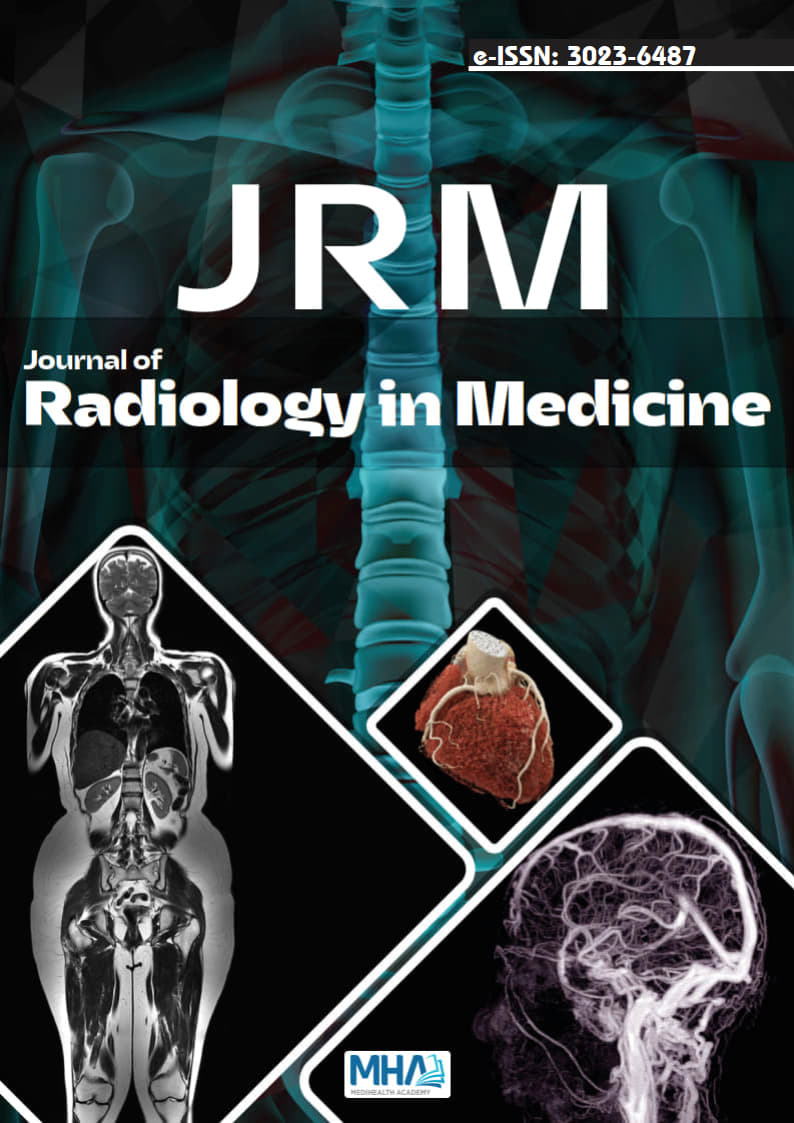1. Llyod GA, Lund VJ, Scadding GK. CT of paran-sal sinuses andfunctional endoscopic surgery: a critical analysis of 100 symptomaticpatients. J Larinygol Otol. 1991;105(3):181-185.
2. Özdemir A, Arslan S. Incidence of agger nasi and frontal cells andtheir relation to frontal sinusitis in a Turkish population: a CT study.Anatomy. 2018;12(2):71-75.
3. Rice DH. Basix surgical techniques and variations of endoscopic sinussurgery. Otolaryngol Clin North Am. 1989;22(4):713-726.
4. Koivunen P, Lopponen H, Fors AP, Jokinen K. The growth rateof osteomas of the paranasal sinuses. Clin Otolaryngol Allied Sci.1997;22(2):111-114.
5. Erdogan N, Demir U, Songu M, Ozenler NK, Uluç E, Dirim B. Aprospective study of paranasal sinus osteomas in 1,889 cases: changingpatterns of localization. Laryngoscope. 2009;119(12):2355-2359.
6. Messerklinger W. Background and evolution of endoscopic sinussurgery. Ear Nose Throat J. 1994;73(7):449-450.
7. Midilli R, Aladağ G, Erginöz E, Karci B, Savaş R. Anatomic variationsof the paranasal sinuses detected by computed tomography and therelationship between variations and sex. Kulak Burun Bogaz Ihtis Derg.2005;14(3-4):49-56.
8. Stammberger H. Endoscopic endonasal surgery concepts inthe treatment of recurring rhinosinusitis. Part I: anatomic andpathophysiologic considerations. Otolaryngol Head Neck Surg.1986;94(2):143-147.
9. Bolger WE, Parsons DS, Butzin CA. Paranasal sinus bony anatomicvariations and mucosal abnormalities: CT analysis for endoscopic sinussurgery. Laryngoscope. 1991;101(1):56-64.
10. Mikami T, Minamida Y, Koyanagi I, Baba T, Houkin K. Anatomicalvariations in pneumatization of the anterior clinoid process. JNeurosurg. 2007;106(1):170-174.
11. Özdemir A, Yılmazsoy Y. Evaluation of anatomical variations ofsinonasal region by computed tomography at 3 planes (coronal, axial,sagittal). Anatolian Curr Med J. 2019;1(1):5-8.
12. Burulday V, Muluk NB, Akgül MH, Kaya A, Öğden M. Presenceand types of anterior clinoid process pneumatization, evaluatedby multidetector computerized tomography. Clin Invest Med.2016;39(3):E105-E110.
13. Burulday V, Akgül MH, Muluk NB, Özveren MF, Kaya A. Evaluationof posterior clinoid process pneumatization by multidetector computedtomography. Neurosurg Rev. 2017;40(3):403-409.
14. Orhan İ, Soylu E, Altın G, Yılmaz F, Çalım ÖF, Örmeci T. Paranazalsinüs anatomik varyasyonlarının bilgisayarlı tomografi ile analizi.Abant Med J. 2014;3(2):145-149.
15. Zirek A, Beklen H, Budak RO, Güler OK, Yardımcı AC, Bozkuş F.Paranazal sinüslerde anatomik varyasyonların sıklığı ve enflamatuarsinüs hastalıklarına etkisi. Harran Üniv Tıp Fak Derg. 2016;13(3):215-222.
16. Birkin T, Acar T, Esen Ö. Sinonazal bölge anatomik varyasyonlarıve sinüs hastalıkları ile olan ilişkisi. Tepecik Eğit Araşt Hast Derg.2017;27(3):236-242.
17. Kennedy W, Zinreich SJ. The functional approach to inflammatorysinus disease: cur-rent perspectives and technique modifications. Am JRhinol. 1998;12:576-582.
18. Lee DH, Jung SH, Yoon TM, Lee JK, Joo YE, Lim SC. Characteristics ofparanasal sinus osteoma and treatment outcomes. Acta Oto-Laryngol.2015;135(6):602-607.
19. Turan Ş, Kaya E, Pınarbaşlı MO, Çaklı H. The analysis of patientsoperated for frontal sinus osteomas. Turk Arch Otorhinolaryngol.2015;53(4):144-149.
20. Rokade A, Sama A. Update on management of frontal sinus osteomas.Curr Opin Otolaryngol Head Neck Surg. 2012;20(1):40-44.
21. Ensari N, Yalçın M, Yılmaz NDS, Yıldız M, Gür ÖE. Frontal osteomaile frontal sinüs büyüklüğü arasındaki ilişki ve bunun cerrahi yöntemseçimine etkisi. J Ankara Univ Fac Med. 2019;72(3):343-348.
22. Cristofaro MG, Giudice A, Amantea M, Riccelli U, Giudice M.Gardner’s syndrome: a clinical and genetic study of a family. Oral SurgOral Med Oral Pathol Oral Radiol. 2013;115(3):e1-e6.

